Starting out: What is metering in photography?
What is light metering in photography?
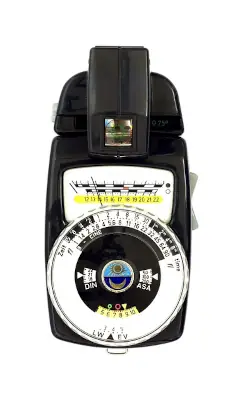
To answer the question “What is light metering in photography” firstly we need to know what a light meter is. A light meter is a device that meters light. Most modern Cameras use this sensor or array of sensors to gauge the light in a scene. This information is then used by the processor to set the exposure value (shutter speed, aperture, and ISO in auto modes). In the manual modes, it gives the photographers visual feedback in the form of a meter display. It is often displayed as a range from -3EV to +3 EV with zero in the center.
Other, external light meters are also available and used for other purposes. Use in flash photography to determine proper flash exposure. For older cameras without their built-in meter, as a check against a built-in meter, or any place light levels need to be measured.
Understanding the meter
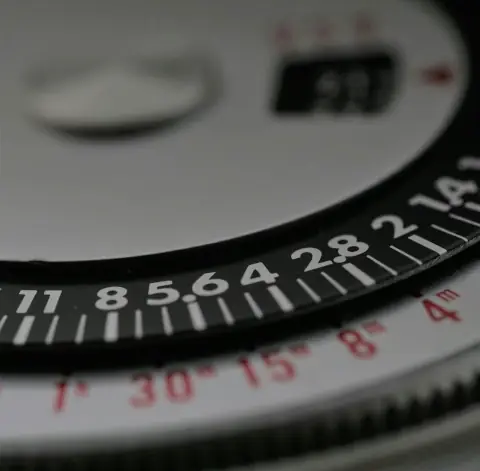
The display of the meter in the viewfinder or on the LCD screen is how we see the meter readings. The meter will indicate if the scene is underexposed, overexposed, or “just right.”
Bars to the minus side of the meter mean the scene is underexposed and needs more light to balance. Values on the plus side indicate too much light in the scene for the current settings.
Adjusting your exposure settings (shutter speed, aperture, ISO) in manual modes, or using EV compensation in auto modes.
Metering modes explained
Almost all modern cameras, including DSLR, Mirrorless, Micro 4/3, compacts, and even cell phone cameras; have several metering modes available to choose from. Matrix or evaluative mode considers the light across the entire frame in the calculation. The center-weighted mode gives more weight or consideration to the center area. Spot metering measures a very small area of your scene.
Matrix (or evaluative) mode
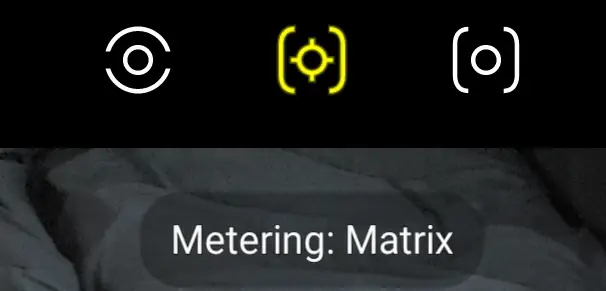
Matrix or evaluative mode are default modes in most cameras that measure the light in an entire scene the same. This mode is “smart” in that it considers the active focus point in its calculations. It will then either set the exposure or give a visual representation on a screen or in the viewfinder that can be used to manually adjust exposure parameters to meet the meter. This mode does a decent job in most average scenarios.
Center-weighted mode
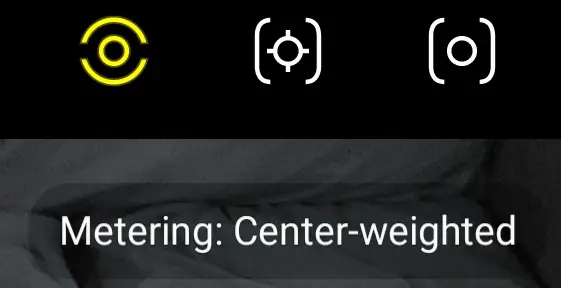
Center-weighted metering mode prioritizes the center portion of an image for calculating exposure suggestions. This mode is most useful when the subject is towards the center of the frame. It is helpful if you are trying to expose a center subject that differs in luminance very much from the surrounding scene.
Spot mode
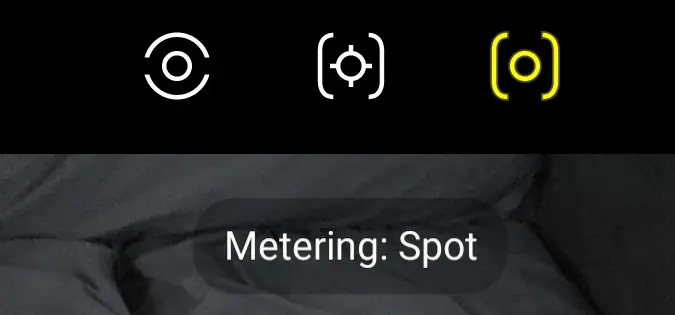
Spot metering uses a small area of the frame for exposure. More advanced cameras often have multiple sizes of spots that can be selected. Spot metering mode is useful for controlling the exposure to a specific place; such as a subject’s face; or for taking multiple measurements of a scene to determine the difference between highlights and shadows.
Limitations of metering modes
The evaluative, matrix and similar modes are getting better constantly, but they can still be fooled in some situations.

High Contrast Scenes: Metering modes can struggle in scenes with extreme variations in brightness, such as deep shadows and bright lights in the same frame. In such cases, the meter might prioritize the brightest or darkest areas, leading to overexposed highlights or underexposed shadows.
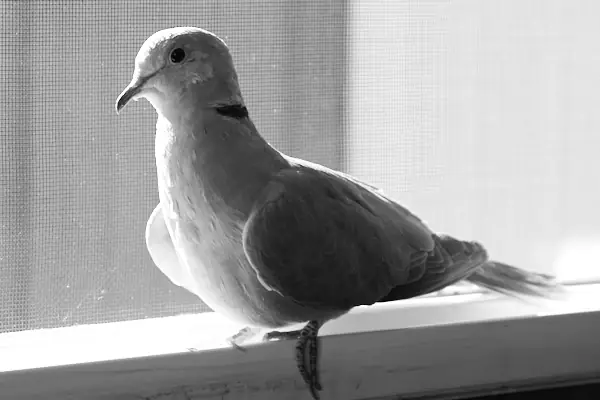
Backlit Subjects: When the main light source is behind the subject, some metering modes might meter for the bright background rather than the subject itself, resulting in underexposed subjects.

Low-Light Conditions: In low-light situations, metering can be challenging due to the limited amount of available light. Some metering modes might not accurately determine the correct exposure settings.

Uniform Tones: Scenes with predominantly uniform tones, such as a clear sky or a blank wall, can confuse metering systems, leading to incorrect exposure settings.
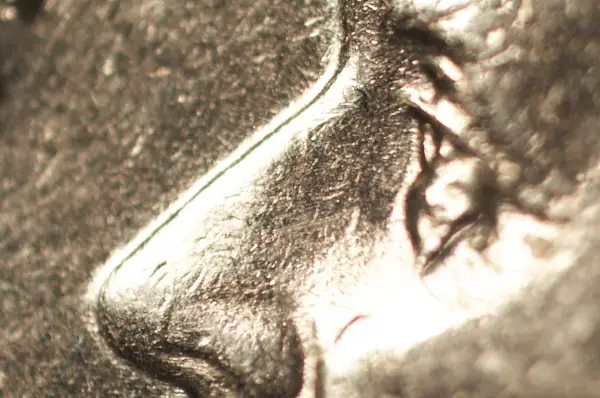
Reflective or Dark Subjects: Metering can struggle with highly reflective or very dark subjects, as the camera might attempt to average the exposure based on the entire scene, resulting in incorrect settings.
Mixed Lighting: Scenes with multiple light sources of different color temperatures can confuse metering systems, leading to color casts or incorrect exposure.

Small or Point Light Sources: Metering modes might not account for small, intense light sources, leading to overexposure in those areas.
How to set the camera’s metering mode?
How to set the metering mode for your camera will depend on the camera that you have. Most modern Cell Phone cameras have a menu in the camera app to change various settings including the metering modes. Dedicated cameras can use a variety of methods to change metering modes; either by menus in the camera UI, dedicated buttons for metering modes on the camera body, or customizable buttons. Check with the manual for your camera to see what metering modes it supports and how to change them
Which metering mode is best?
As with so many questions in life, it depends. The best metering mode is the mode that gets you the photograph that your mind envisions the most consistently. Experimentation to find what works well for the way you work. With that in mind: matrix or evaluative is a good starting point for common scenes. Center-weighted tends to work well for simple portraits, and spot metering for times when there is a lot of contrast in your scene.
Final thoughts
Understanding what your camera’s meter is telling you is integral to learning photography. The first step in a long journey. Without meters, it would take a lot more trial and error or experience to get the well-balanced pictures we all went in any scene.

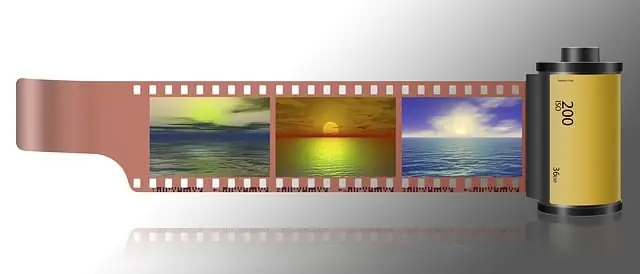
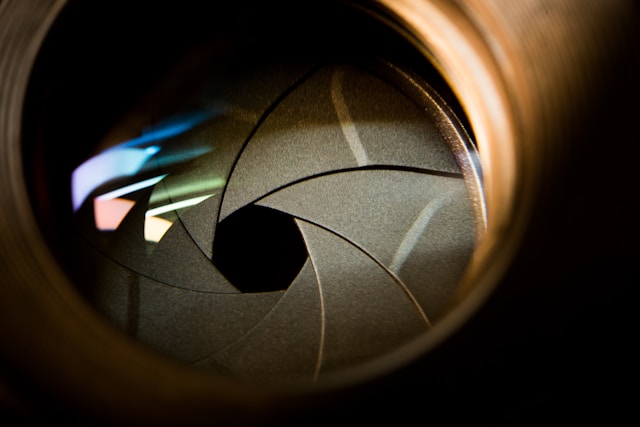
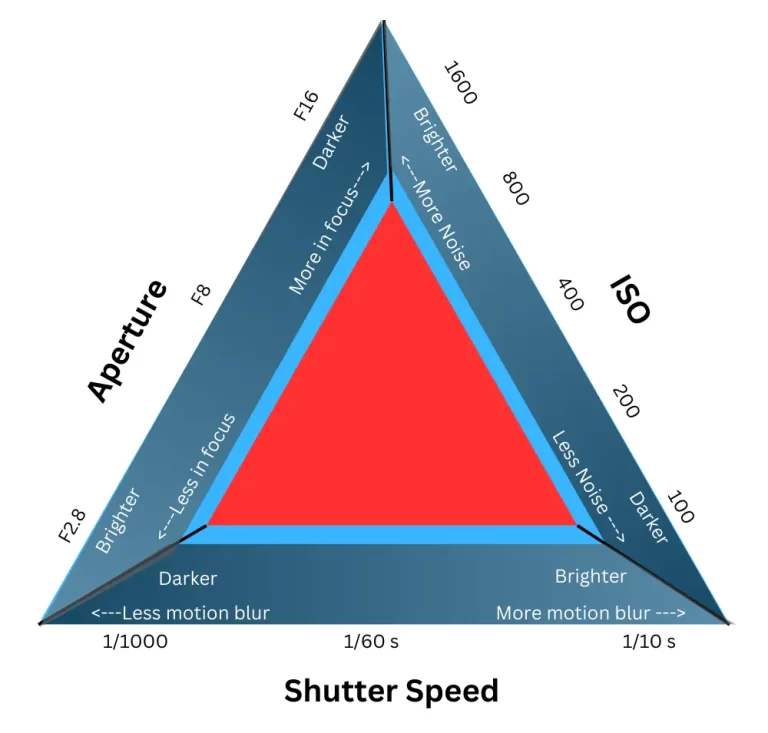
There is a meditative intimacy in this text, a sense that the writer and reader share a private space. Each phrase invites trust and attentive engagement with thought and feeling.